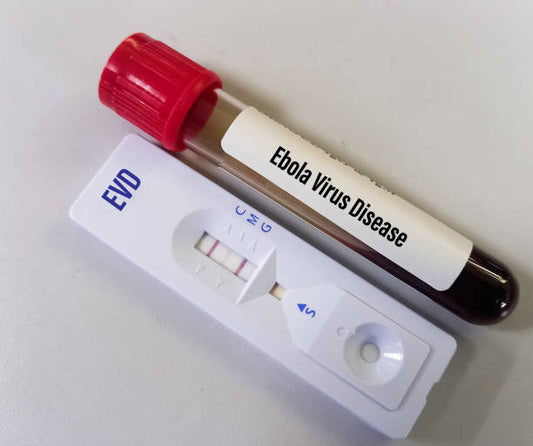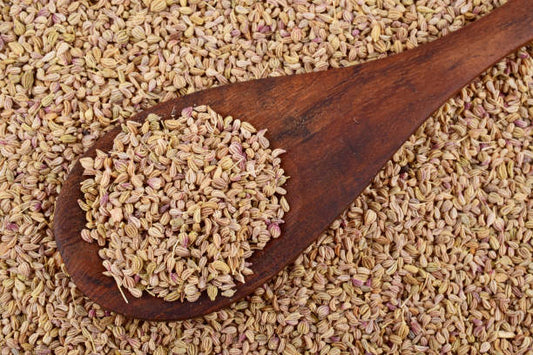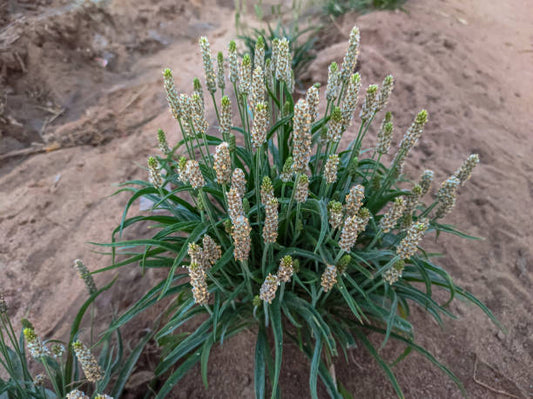Here are steps to safely introduce solid foods to infants and prevent choking hazards:

-
Wait for the Right Time: Pediatricians recommend starting solid foods around six months of age when the baby shows signs of readiness, such as sitting up with support, showing interest in food, and loss of the tongue-thrust reflex.

-
Choose the First Foods Wisely:
- Start with single-grain iron-fortified infant cereal (rice, oat, or barley) mixed with breast milk or formula. Later, introduce pureed fruits (like bananas, applesauce), vegetables (such as sweet potatoes, carrots), or mashed, soft-cooked vegetables.
- Introduce one new food at a time, waiting three to five days before offering another new food. This helps identify any potential allergic reactions.
-
Prepare and Serve Foods Safely:
- Puree or mash foods to a smooth, runny consistency to prevent choking. Avoid adding salt, sugar, or honey.
- Cut fruits and vegetables into small, soft pieces or thin strips to reduce the risk of choking.
- Offer foods in an age-appropriate spoon or a silicone feeder designed for infants.
-
Supervise During Feeding:
- Always sit the baby upright in a high chair or on your lap while feeding. Never leave the baby unattended during meals.
- Ensure a calm environment with minimal distractions to focus on feeding and prevent choking.
-
Encourage Proper Chewing:
- Encourage the baby to chew thoroughly by demonstrating chewing motions and praising their efforts.
- Avoid offering large chunks of food that could block the airway.
-
Be Prepared for Allergic Reactions:
- Watch for signs of allergic reactions such as rash, vomiting, diarrhea, or trouble breathing after introducing new foods. Consult a pediatrician immediately if any allergic reactions occur.
-
Gradually Increase Variety and Texture:
- Introduce a variety of foods gradually, including different textures and tastes, such as mashed fruits, cooked vegetables, and pureed meats.
- As the baby gets older and more experienced with eating, gradually increase the texture of foods to a thicker consistency.
-
Learn First Aid for Choking:
- Educate yourself on infant CPR and choking rescue techniques in case of emergencies.
-
Avoid Certain Foods:
- Avoid foods that pose a choking hazard, such as whole grapes, nuts, seeds, popcorn, chunks of meat, raw vegetables, hot dogs, and hard candies.
Introducing solid foods is a gradual process that requires patience and attention to your baby's cues. Consult with a pediatrician for guidance on your baby's specific feeding needs and any concerns regarding introducing solid foods.












